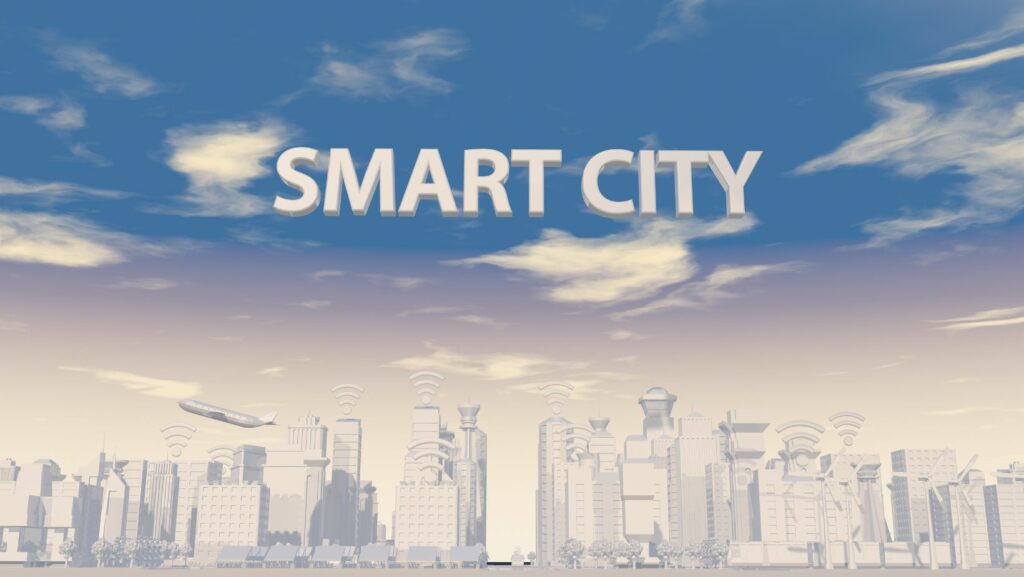In the bustling cityscape of the 21st century, urban artifacts have taken a technological spin. Enter the world of urban artifact gadgets, where history meets innovation. These gadgets are not just tools; they’re a testament to the evolving narrative of city life, embodying the past while pushing the boundaries of the future.
Urban Artifact Gadget

An urban artifact gadget represents modernity married with history, embodied in devices specially designed or adapted for convenience in city life. These engrossing tools range from rejuvenated vintage tech to smart devices explicitly engineered for the urban environment. Examples include vintage streetcar ticket machines repurposed as contactless payment devices and app-controlled public bike locking systems, underlining the extensive spectrum of such gadgets.
Embedded within these gadgets rest stories of evolving city life, subtly reflecting the morphing urban landscape through technology across eras. Their existence isn’t merely aimless novelty, but incorporated narratives of everyday city living threaded with technological advancements. The tales these gadgets spin, deliver a unique perspective, highlighting the integral role they play in shaping and relating the progress of our urban lives.
History and Evolution of Urban Gadgets
Urban artifact gadgets’ history traces back to the inception of urban spaces. In the initial years of urban settlement, the gadgets were rudimentary; simple tools for agriculture, transportation, and construction dominated. As an exemplar, city dwellers used horses and buggies for transit, and simple plows for agriculture.

Fast forward to the 19th century, urban gadgets evolved rapidly. The invention of the light bulb in 1879 by Thomas Edison marked a significant turning point. Electricity-triggered innovations came into play, paving the way for several advancements. For instance, the late 1800s saw the emergence of telephone lines and electric trams within urban spaces.
The 20th century ushered in a digital revolution. From personal computers in the 1980s to smartphones in the 2000s, urban gadgets became more tech-oriented, making city life more efficient and slightly complex. Security gadgets such as app-controlled bike locking systems became commonplace, showcasing the blend of modern technology with city living.
Presently, there’s an increasing trend towards smart cities, where technology and data integrate to manage assets, resources, and services efficiently. Herein, urban artifact gadgets play a vital role, symbolizing the fusion of history and modernity in urban living, thereby showcasing the evolution of technology over time.
Impact of Urban Artifact Gadgets on Modern Life
The transformative effect of urban artifact gadgets echoes through spheres of modern life. Specifically, individuals, communities, and enterprises benefit from their pervasive influence. Firstly, commuting becomes effortless with app-controlled locking systems on bicycles or the use of electric scooters. Secondly, in households, smart tools like home automation devices enhance convenience, providing controls for lighting, heating, and security via a central system. For businesses, gadgets like smart sensors aid in efficient resource management, for instance, in smart parking systems or waste management.

Equally, these gadgets facilitate the concept of smart cities. They contribute to efficient management of assets and services, reinforcing the necessity for their blend of history and modernity in urban living. Hence, the impact of urban artifact gadgets on modern life proves profound, considering their role in everyday tasks, infrastructure planning and development, even their influence in shaping eco-conscious behaviors. Matching technological developments, these gadgets symbolize the continual evolution of urban landscapes.
Future of Urban Gadgetry
Urban artifact gadgets have come a long way. From humble beginnings as basic tools, they’ve evolved into sophisticated, tech-driven devices that shape our cities. They’re not just gadgets anymore; they’re essential components of our urban lives. They’ve made commuting easier, turned our homes into smart spaces, and helped businesses manage resources more efficiently.
The rise of smart cities has only emphasized their importance. As we continue to embrace technology, these gadgets will become even more integral to our urban existence. They’re influencing infrastructure planning, promoting eco-friendly behaviors, and driving the evolution of our urban landscapes.

